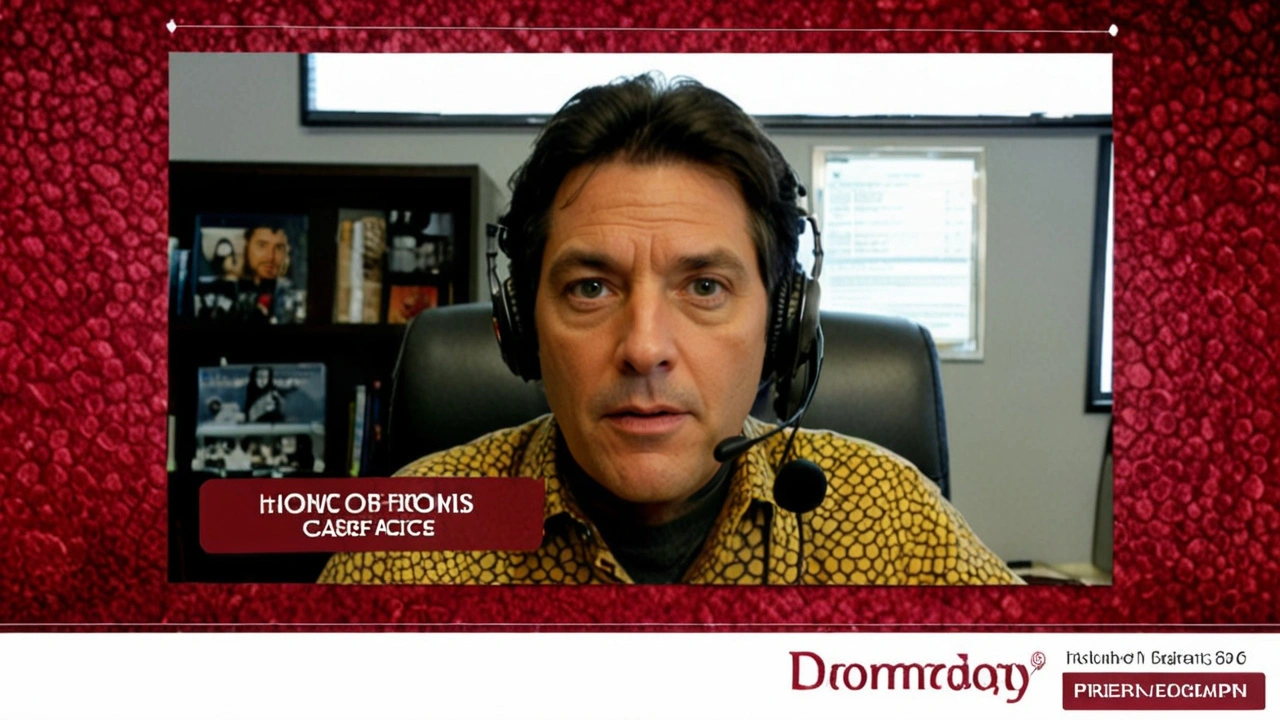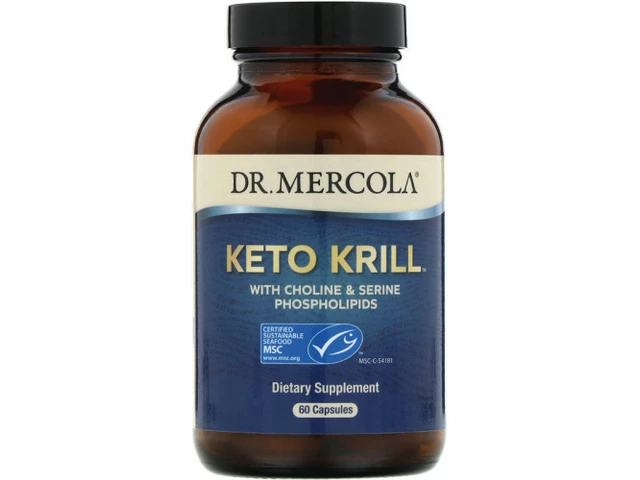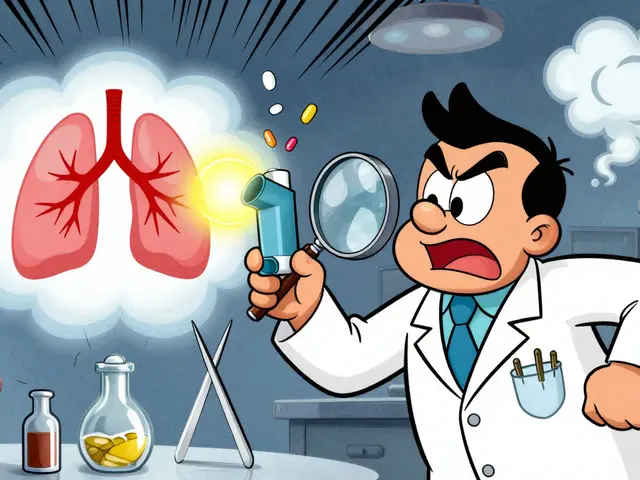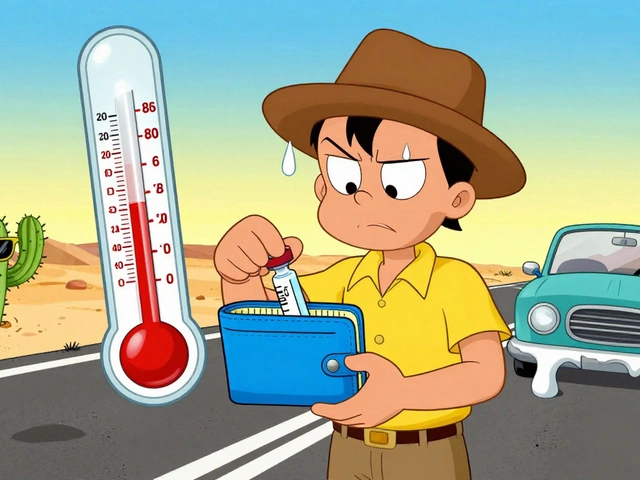Acne treatment that actually works — simple steps you can start today
Acne isn't just a teen problem. It can show up at any age and hit confidence hard. The good news: most acne responds to clear, focused steps. You don’t need miracle products — you need the right mix of basics, effective meds, and patience.
Effective treatments and how they work
Topical medicines are the starting point for most people. Benzoyl peroxide kills bacteria and reduces inflammation; use a 2.5–5% gel or wash. Salicylic acid helps unclog pores — great for blackheads and whiteheads. Topical retinoids, like tretinoin, normalize skin cell turnover so new pimples form less often. Retinoids can irritate at first; start with a low strength and use every other night.
If you’re buying tretinoin, be cautious: it usually needs a prescription. Read buying guides and use licensed pharmacies to avoid fake products that can harm your skin.
For inflamed or widespread acne, doctors may add short courses of oral antibiotics to bring bacteria and inflammation down quickly. Hormonal options work well for many women: combined birth control pills or spironolactone can cut oil production and clear stubborn acne. For severe nodules or cysts that don’t respond to other care, isotretinoin (Accutane) is very effective but needs close medical monitoring and strict pregnancy prevention.
Practical routine and when to see a doctor
Keep your daily routine simple: a gentle cleanser twice a day, a lightweight, non-comedogenic moisturizer, and a broad-spectrum sunscreen every morning. Use actives one at a time so you can spot irritation. Avoid scrubbing, abrasive brushes, and picking — they make scars more likely and slow healing.
Don’t expect overnight fixes. Most treatments need 6–12 weeks to show real improvement. If your acne is painful, leaves marks, or hasn’t improved after two months of OTC care, see a dermatologist. They’ll match treatments to your acne type and may combine topicals, oral meds, or office procedures like cortisone injections, chemical peels, extractions, or light therapy.
Lifestyle tweaks help but aren’t miracle cures. Try a low-glycemic diet and reduce skim milk if you notice flare-ups after dairy; both changes help some people. Keep hair and face oils away from the skin and wash hats or phone screens that rub your face.
Finally, be cautious with online sellers. Use licensed pharmacies and check return policies. If a product sounds too cheap or claims instant cures, it’s probably not safe. If you want step-by-step help, look for a dermatologist who explains why each drug or procedure fits your case — that’s how lasting results happen.
Start with small, consistent changes, watch progress for a few weeks, and get medical help if acne is painful, widespread, or scarring. Clearer skin is usually a plan, not a single product.




